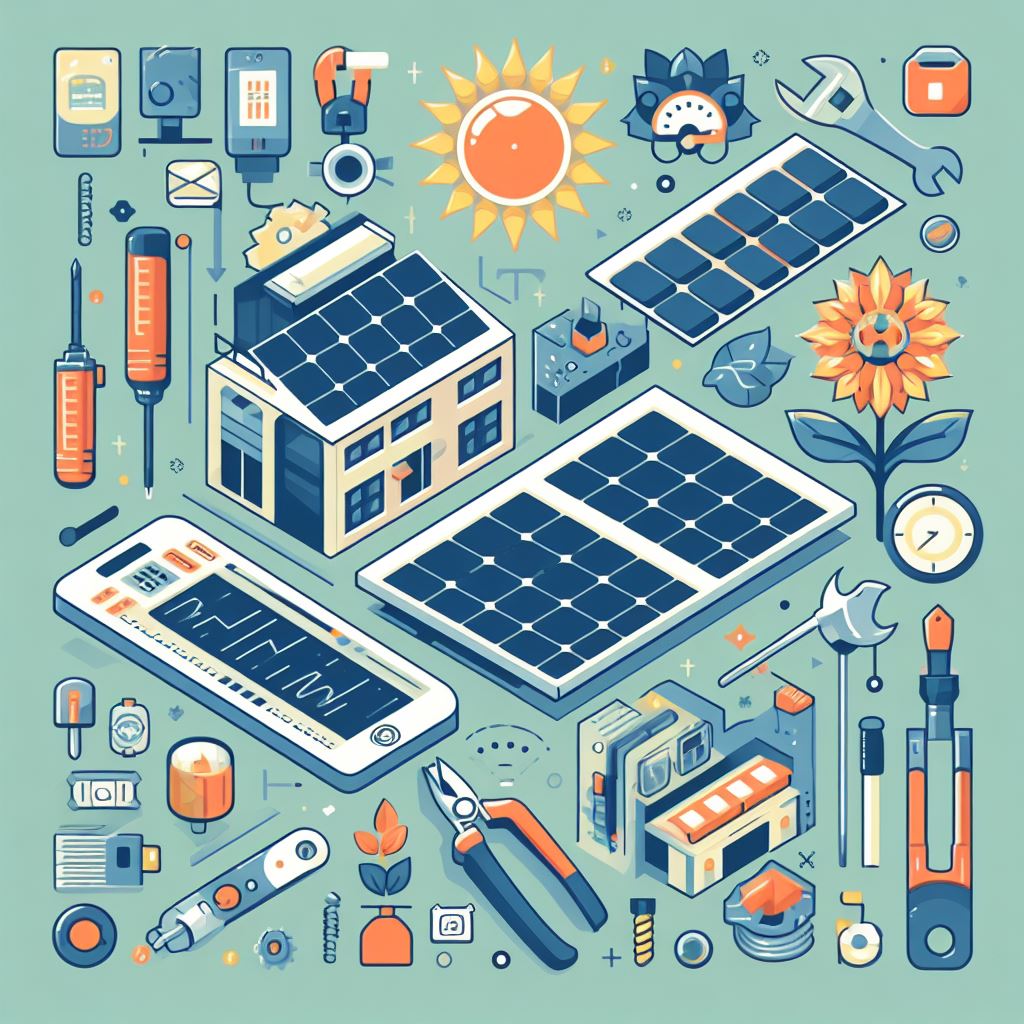The solar industry has seen rapid advancements over the past few decades. With increasing global emphasis on renewable energy, solar technology has evolved, leading to more efficient and longer-lasting panels. However, just like any other technological device, solar panels are not immune to wear and tear. Over time, their efficiency drops and, in some cases, they may need to be replaced. But how does one go about upgrading or replacing old solar panels?
This guide will delve deep into the intricacies of the process, ensuring that homeowners and businesses are well-informed about the best practices in maintaining and updating their solar systems.
The Imperative of Upgrades and Replacements
Efficiency and Technological Advancements
Over the past few decades, the efficiency of solar panels – how well they convert sunlight into electricity – has seen significant improvements2. Old solar panels, while still functional, might not be harnessing solar energy as effectively as the newer models. Replacing or upgrading to a more advanced model can thus translate to more electricity generation from the same square footage.
Economic Considerations
Economic logic often drives homeowners and businesses to consider upgrades. With improved efficiency, newer solar panels can result in decreased electricity bills. Additionally, some jurisdictions offer incentives or tax breaks for installing more efficient solar technologies3.
Environmental Impact
Higher efficiency panels translate to a reduced carbon footprint. Given that the primary aim of solar installations is to minimize environmental impact, upgrading ensures that this objective is met most optimally.
Spotting the Need for Replacement
Physical Deterioration
Physical signs such as yellowing, delamination, or even broken glass are evident indicators that a solar panel may need replacement. Such damages can impede the panel’s ability to function effectively.
Declining Power Output
A consistent decline in power output, despite regular maintenance and optimal conditions, often signals degradation in the photovoltaic cells. Performance warranties typically guarantee about 80% production after 25 years4, but significant drops before this period might warrant a closer look.
Frequent Inverter Issues
While inverters converting the direct current (DC) generated by the panels to alternating current (AC) can have their own set of problems, consistent inverter issues might be linked to the panels themselves. Monitoring systems can help detect such inconsistencies early.
Making the Right Choices
Assessing Needs and Goals
Before diving into the upgrade or replacement process, it’s crucial to assess personal or business energy needs. This includes understanding current consumption patterns, future energy goals, and how much roof or land space is available.
Choosing the Right Technology
Poly-crystalline, mono-crystalline, and thin-film are among the common types of solar panels available5. Each has its advantages, lifespan, and efficiency parameters. It’s essential to consult with professionals to understand which suits you best.
Disposal of Old Panels
Solar panels contain materials that should be disposed of responsibly. Many regions have e-waste disposal regulations in place. Some manufacturers also offer recycling programs ensuring that upgrading doesn’t result in environmental degradation.
Engaging Professionals and Seeking Guidance
Consulting Solar Experts
While there’s a plethora of information online, consulting with solar experts or companies that specialize in installations can provide tailored advice. They can evaluate the existing setup, assess needs, and recommend appropriate solutions.
Navigating Incentives and Subsidies
Several governments and institutions offer incentives, subsidies, or tax breaks for solar installations. Experts can guide homeowners and businesses in availing of these benefits, ensuring that the upgrade or replacement is economically viable.
Installation and Aftercare
Once the decision to upgrade or replace is made, the installation process needs careful handling. Ensuring correct installation angles, optimizing for maximum sunlight, and setting up monitoring systems are steps best handled by professionals. Post-installation, regular maintenance ensures prolonged efficiency.
Taking the Next Step in Solar Sustainability
The journey to a more sustainable future is continuous, and as homeowners, our role in this transition is pivotal. Solar panels, while a long-term investment, aren’t perpetual. As they near the end of their lifespan or as more advanced technologies emerge, homeowners face an essential decision—whether to upgrade or replace their solar infrastructure.
While there are tangible economic benefits to upgrading, such as improved efficiency leading to decreased electricity bills3, the environmental implications are profound. Higher efficiency panels contribute to a reduced carbon footprint, ensuring that the commitment to a sustainable future isn’t compromised by outdated technology5.
If you’ve observed signs of wear or decreased output in your solar panels, now is the time to act. Consult solar experts, assess the current state of your installation, and explore the options available. The advancements in solar technology mean that replacements are not just about maintaining power output but amplifying it.
Conclusion
Considering the environmental benefits, potential cost savings, and rapid advancements in solar technology, homeowners are urged to take a proactive approach. Don’t just wait for visible signs of wear; periodically review your system’s performance, stay updated on technological advancements, and be ready to make the switch when the time is right.
Embrace the future of energy by ensuring that your solar panels are always at their peak performance.
References
- Green, M., Emery, K., Hishikawa, Y., Warta, W., & Dunlop, E. D. (2015). Solar cell efficiency tables (version 47). Progress in Photovoltaics: Research and Applications, 23(1), 1-9.
- Nelson, J. (2003). The physics of solar cells. Imperial College Press.
- Goodrich, A., James, T., & Woodhouse, M. (2012). Residential, commercial, and utility-scale photovoltaic (PV) system prices in the United States. National Renewable Energy Laboratory.
- Jordan, D. C., & Kurtz, S. R. (2013). Photovoltaic degradation rates—an analytical review. Progress in Photovoltaics: Research and Applications, 21(1), 12-29.
- Green, M. A., Emery, K., Hishikawa, Y., & Dunlop, E. D. (2018). Solar cell efficiency tables (version 52). Progress in Photovoltaics: Research and Applications, 26(7), 427-436.

Leave a Reply